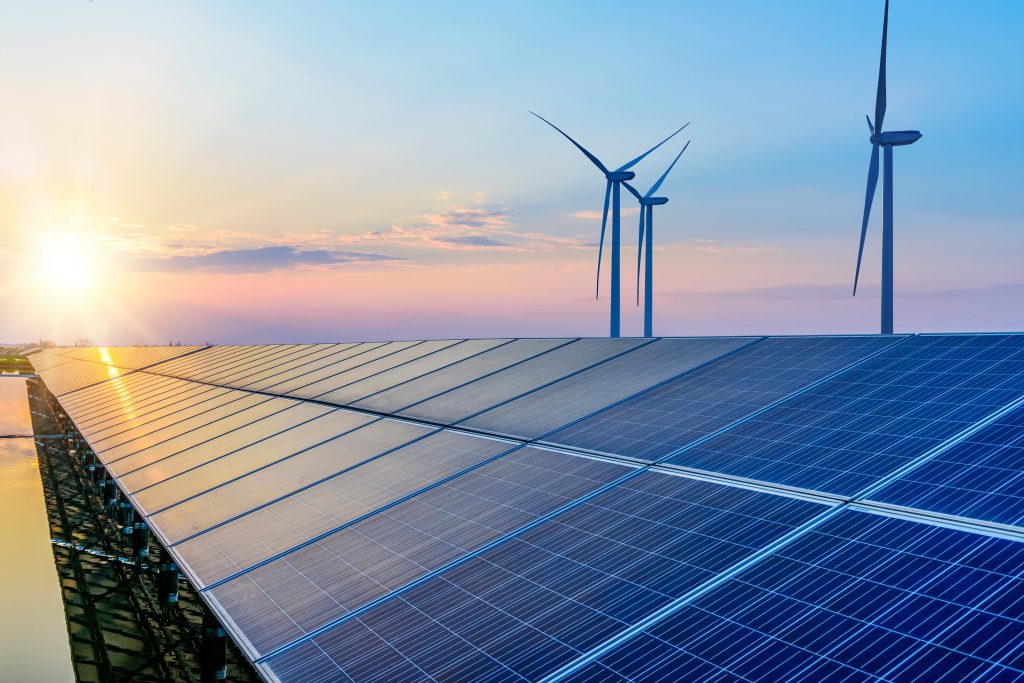
(Algonquin Power & Utilities Corp., 5.Oct.2021) — Algonquin Power & Utilities Corp. (TSX: AQN) (NYSE: AQN) announced its commitment to a net-zero by 2050 target. This target is rooted in Algonquin’s purpose of sustaining energy and water for life and is a reflection of the company’s track record of being a leader in the transition to a low-carbon economy. Concurrently, Algonquin is releasing its 2021 ESG Report, which details Algonquin’s progress with respect to environmental, social and governance (ESG) matters.
“Algonquin started 33 years ago as a developer of renewable energy facilities, and today we own, operate, or have interests in over 4,000 MW of renewable capacity. We are also an early pioneer in building renewables into rate base,” said Arun Banskota, President & Chief Executive Officer of Algonquin. “Today’s announcement of our net-zero by 2050 target, together with our interim 2023 goals, reinforces our commitment to maintaining a leadership position on our sustainability journey.”
Throughout its history, Algonquin has prioritized being a good steward of energy and water assets, and has demonstrated significant emissions reduction results to date:
- Enterprise greenhouse gas emissions were reduced by 31%1 from 2017 through 2020.
- Algonquin’s mid-west operations emissions were reduced by 33% from 2017 through 2020.
- Algonquin’s California-based electric operations’ emissions have been reduced by 38% through 2020.
“The global call for climate action is accelerating and it’s vital that companies like Algonquin demonstrate a clear commitment to responsible decarbonization in support of a resilient common future for all,” Mr. Banskota said. “Net-zero by 2050 is a natural extension of our sustainability focus, and we’re grateful to have the opportunity to continue working with our employees, communities, partners and peers to reach our ESG goals.”
Progress on Interim Goals
In 2019, Algonquin announced nine ambitious goals for 2023, covering key ESG issues. One of these nine sustainability goals is to add 2,000 MW of additional low-cost renewable generation capacity from 2019 through 2023. The Company is currently on track to accomplish this goal, with 1,418 MW of new renewable generation having been completed since 2019.
The early closure of the company’s Asbury Coal Plant in the U.S. mid-west and completion of approximately 600 MW of new wind generation has led to the early achievement of the Company’s goal of reducing emissions by one million metric tonnes.
In addition, Algonquin’s renewable generation capacity represents over 60% of its total generation capacity, placing the Company on track to achieve its goal of 75% renewable generation capacity by the end of 2023.
“We have demonstrated, through initiatives such as our Midwest Greening the Fleet and related closure of Asbury, that transitioning from fossil fuels to renewable energy solutions is not only possible, it’s also a recipe for success,” said George Trisic, Chief Governance Officer and Corporate Secretary. “By transitioning to renewables, we expect to reduce customer rates over time, reduce environmental impacts on the local and global environments, and achieve further sustainable growth in the coming decades.”
For more on Algonquin’s net-zero plan, and to access a copy of the 2021 ESG Report, visit its website at www.algonquinpowerandutilities.com/sustainability.html.
| 1. | Calculation includes preliminary base year emissions estimates for ESSAL (Chile) and Ascendant (Bermuda), each acquired in 2020. These annualized estimates are based on actual emissions data for these entities during the 2020 post-acquisition period. Formal base year recalculations for ESSAL and Ascendant are expected to be performed in connection with Algonquin’s 2021 calendar year ESG disclosure. |
____________________

